The Way We Were: Dr. Iris Eisenberg
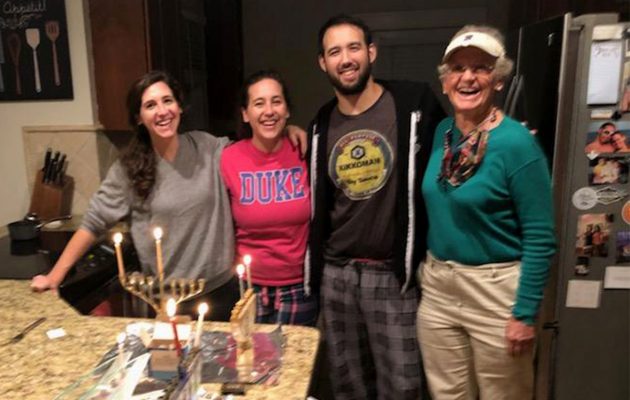
It takes a special kind of woman to devote her life to the care of the community and its patients, remain a lifelong learner to be certain to stay at the top of her chosen field, and through it all maintain a sense of humor and a zest for life and living. Dr. Iris Eisenberg of Riverside is one such woman.
She grew up one of three children in a stucco apartment in South Florida, Palm Beach County, before I95. She was a medical student at The University of Florida in Gainesville during the years that they had rapidly expanded and weren’t able to support the number of students who had enrolled. She volunteered in 1974 to study in the Jacksonville Hospital Educational Program, knowing nothing about this area of the state. The attraction of the offer was free room and board, .35 cents for breakfast, .75 cents for lunch, and $1.25 for dinner. “That sounded mighty fine to me,” she said.
Several of Eisenberg’s classmates whined about having to come to Jacksonville’s affiliate program, but she actually liked it here. “The pathology of the patients was just incredible. The medical education I got here was just superb!” she said.
Eisenberg recalled portions of her medical rotations. In Gainesville, there would be six students on call nightly in the OB department, but there might not be any deliveries. In Jacksonville, however, a medical student might be alone with the house staff and by morning be exhausted from the number of deliveries. “From an educational standpoint, it was absolutely terrific,” she said.
Eisenberg admitted that she was not into research. She had always been clinically oriented. “I was all about seeing people and learning medicine,” she said. So, the Jacksonville program was more suited to her than Gainesville had been. There were very few attending doctors, maybe five in those days. Students learned from the house staff, residents, and interns. “It was a different time and a different system,” she said of then.
When Eisenberg was accepted into her internship, she was still living in hospital housing and riding a bicycle. She made a connection with Dr. Emmet Ferguson and his wife, Jerry, who owned the River Road castle that had been built by Joel Cheek and his son Leon of the Cheek-Neal Coffee Company, which later became Maxwell House. In addition to the castle, the Fergusons owned several rental properties in Riverside, an area considered safer than Springfield at that time. “Although I did not rent from Jerry, she’s the one I’ll be eternally grateful to for showing me Riverside,” Eisenberg said.
It was 1976, and Eisenberg was in her first Riverside home, a garden apartment on the corner of James Street for $75 a month. And so began the early days of RAP, Riverside Avondale Preservation, formed by a core group of 20 or so people who lived in and around there, all with the same mindset of improving the neighborhood.
The group, made up of real estate agents and dentists and developers and other concerned citizens like Eisenberg, heard word that the Martha Washington Hotel on King and Oak was set to be demolished and turned into a parking lot. The group members stormed City Hall and got an injunction to stop the wrecking ball. Each member of the group contributed $1,000 to take over the property. That amount was a stretch for Eisenberg at the time, 1977-78, as she was still in the midst of medical training, not yet practicing. “It was a lot of money, but it was so important,” she said, evidencing her deep commitment to the community. Today, the historic building still stands as a local landmark, made up of condo units rather than hotel rooms.
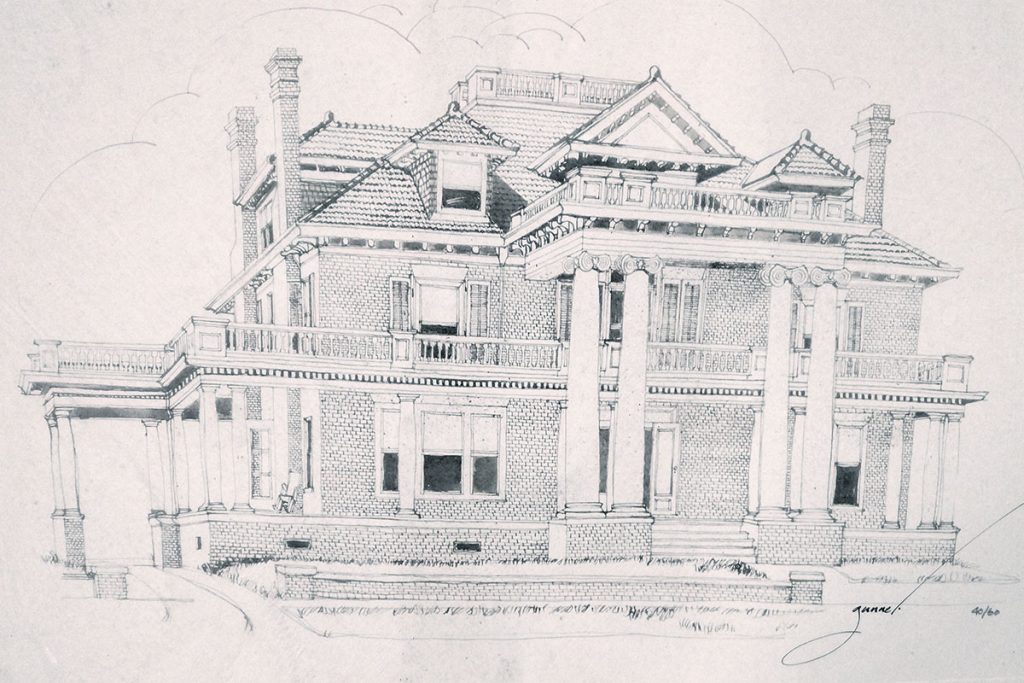
After saving the Martha Washington, RAP made an agreement that before demolition of other properties, the organization would be allowed to remove pieces of the buildings for preservation and reusage—parts like stairwells, French doors, windows, bricks, and more. Over time, the agreement expanded to say that RAP could have entire homes that were set to be bulldozed, as long as they could find someone to move them from their existing land. Eisenberg had a front row seat through it all.
When Eisenberg was a medical student, emergency medicine as a field of study did not exist. She did an internship in pediatrics but then deviated from that as the times changed, and she spent nearly 10 years in the 1980s in emergency medicine. She had contracts in Jacksonville, Palatka, and Daytona. “Those were the early days of emergency medicine. It was pretty fluid in those days,” she said.
During that time, Eisenberg dreamed of moving from her garden apartment rental to buying her own home, one with a porch. When she was shown a house just 50 yards down the street on Bayard Place, a house with a wraparound porch and columns, Eisenberg committed to buying it before even looking inside. “It’s great. I’ll take it!” she told the stunned realtor who stood outside with Eisenberg. The realtor was Sally Suslak of Avondale Realty, who today owns Traditions Realty. Twenty years after that day on the wraparound porch, Suslak admitted to Eisenberg that was her very first house sale ever.
In 1987, nearly a decade later, Eisenberg made the switch from emergency medicine back to pediatrics and opened a Jacksonville office, which she still keeps going as a solo practitioner despite its challenges. These days, she practices more on a consultative basis with a focus on children with mental health problems. She had taken extra training in the field as she saw many years ago the toll that culture was taking on kids. “It’s rewarding in its own way,” Eisenberg said of her work.
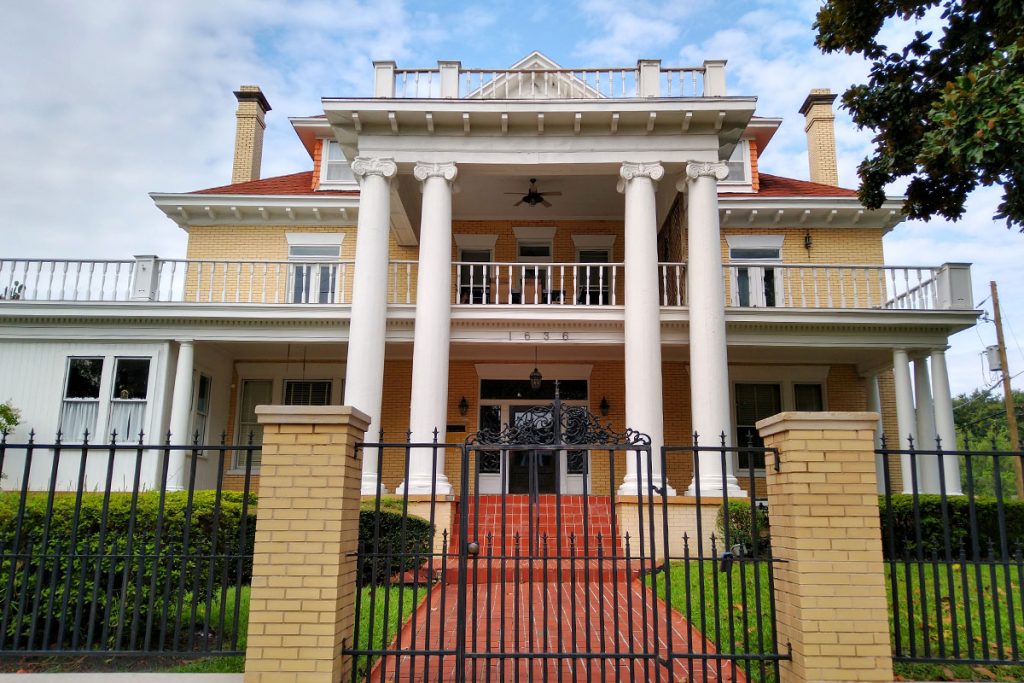
Ever questing to expand her knowledge and help people, in the 1990s, Eisenberg earned a Master of Public Health (MPH) degree. Ever providing comic relief, when asked where she earned that degree, Eisenberg replied, “At UNF, you never finish!” She has attended a multitude of schools in Florida. “I have all the t-shirts, all the stuffed animals,” she said.
It was about that same time that a stucco house on Powell Place caught Eisenberg’s attention, though recalling her childhood home, she had said, “I swore I would never live in stucco again.” This house was different though. “It was a totally cool Spanish-Mediterranean house,” Eisenberg said. So, she bought it, moved in, and lived there until 20 months ago when the injuries she suffered from a cycling accident forced her life into a different direction. “About every 10 years I have a midlife crisis,” she said.
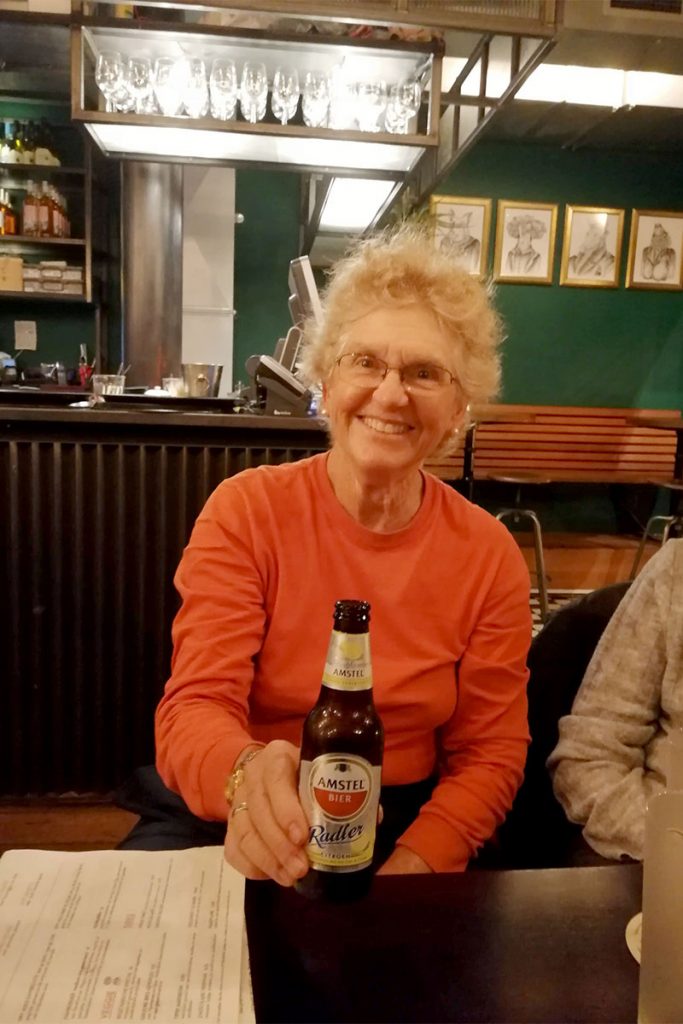
Eisenberg was on her third Bike and Barge Tour of Europe. She was pedaling through Rotterdam, dodged a squirrel, and went down. Her injuries, including a broken leg, were significant enough to land her in a Rotterdam hospital for two weeks and an additional two weeks in a rehab facility. “The healthcare there was just phenomenal,” she said. Upon arrival back in Jacksonville, still unable to live alone, Eisenberg spent a month with her brother-in-law in San Marco.
At last, she went back home to Riverside. But she found it impossible to maneuver the stairs in her Powell Place house. “Magically, a condo came available. I swore I’d never, ever live in a condo. But I made a crazy offer, and it was accepted. So, now I live in a Riverside condo. Everything worked out,” Eisenberg said.
And everything circles around. Eisenberg’s family of origin from South Florida—including her brother; her sister, who has since passed; and her sister’s three daughters—all relocated to the Jacksonville area approximately 15 years ago. One of Eisenberg’s nieces had begun working with Suslak at Traditions when the carriage house of the Martha Washington house came available. The three nieces signed a rental contract and moved into it, which delighted Eisenberg and Suslak, who have remained friends since the ’70s. “We had been partners in the preservation of that place,” Eisenberg said.
Since her initial arrival in Jacksonville nearly five decades ago, Eisenberg has always involved herself on a local neighborhood level, caring not only for patients in the area as a profession, but caring for historic sites and their preservation. She recalls coming into Jacksonville over the aqueduct as a medical student and saying to herself, “I like this place.” It’s apparent that she still does.
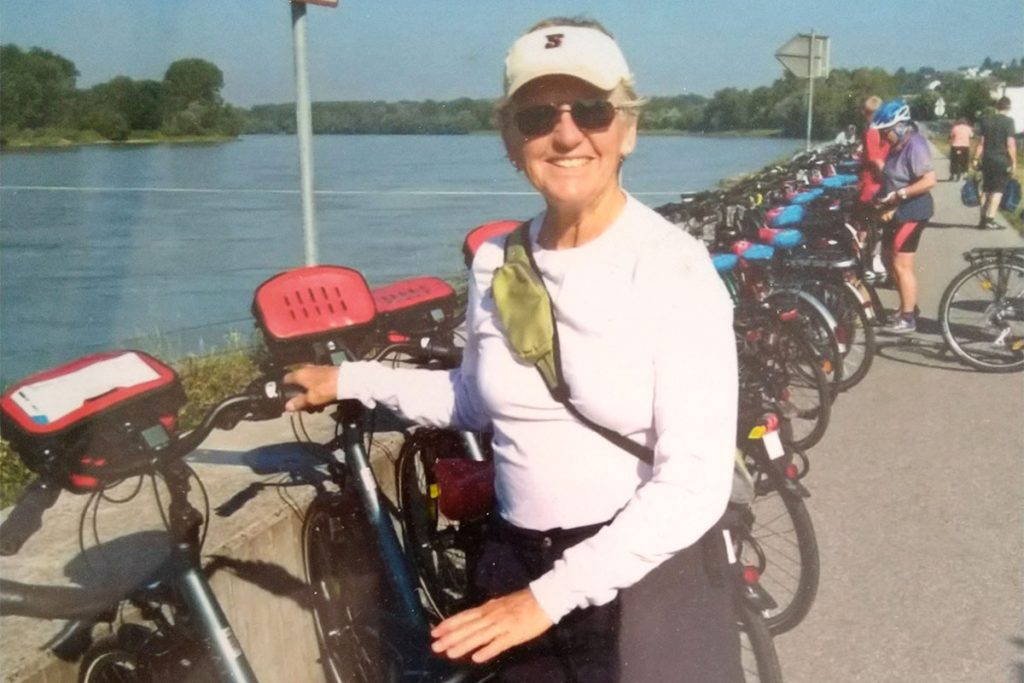
She has been an avid traveler, making trips not only to Europe but also to Russia, China, and South America. On occasion, she visits Montana to accompany a dear friend who likes to fly fish, although to Eisenberg, “It’s like watching paint dry.” What she does enjoy about it is having a week without cell phones and internet. “It centers you,” she said. But, inevitably, she returns to her Riverside life right here in Jacksonville.
By Mary Wanser
Resident Community News





 (3 votes, average: 3.67 out of 5)
(3 votes, average: 3.67 out of 5)

